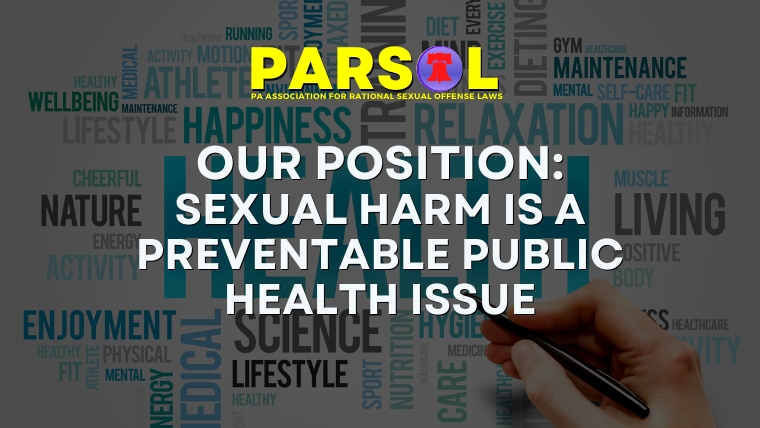Sexual harm represents a significant public health issue that is, at its core, preventable. By understanding the root causes and risk factors associated with sexual harm, proactive measures can be taken to mitigate its occurrence. Prevention efforts can encompass a wide range of strategies, including comprehensive sex education, promoting healthy relationships and consent culture, providing access to mental health support and resources, addressing social norms and attitudes that perpetuate sexual violence, and implementing trauma-informed policies and interventions that hold perpetrators accountable. Moreover, early intervention and education can empower individuals to recognize warning signs, assert boundaries, and seek help. By investing in prevention strategies and fostering a culture of respect and accountability, communities can work together to create safer environments and reduce the prevalence of sexual harm, ultimately promoting the well-being and dignity of all individuals.
- Decades of research since the implementation of the ‘Sex Offender’ Registry shows it doesn’t work and likely causes more harm than good.
- The latest Pennsylvania research from 2022 by the PA Department of Corrections showed that effective housing, employment, and community involvement were key to preventing recidivism, yet Nine out of 10 respondents to a 2023 PARSOL survey stated that their registration and supervision restrictions were significant barriers to housing, employment, and community involvement.
- Research by the Joint Commission and the HEAL PA initiative show that prevention and trauma-informed treatment for both perpetrators and survivors of sexual abuse is far more effective.
- The Association for the Treatment of Sexual Abusers (ATSA) published a study in 2020 that stated that, “The research to date on SORN[A] has not identified significant reductions in the incidence of sexual abuse or sexual offense recidivism as a result of this policy. Current practices have numerous unintended consequences that potentially increase, rather than decrease, risk factors for individuals required to register. If the goals of these laws are the prevention of sexual abuse and reducing recidivism risk, meaningful legislative reforms will be required.”
To prevent sexual harm from happening, Pennsylvania must take a public health approach that aligns with those taken for other public health crises, including HIV, opioid use, and the COVID pandemic. This would include both primary prevention (education of a general population about sexual harm) and secondary prevention (targeted outreach to groups who are at a higher risk of offending). There is already proposed legislation around primary prevention, including Age-Appropriate Education about Sexual Harm Prevention (See 2023 HB1724 & 2023 SB293).
Additional Prevention Resources
- Prevention Global
- Moore Center for the Prevention of Child Sexual Abuse
- Circles of Support and Accountability
- America Has Been Going About Stopping Child Sex Abuse The Wrong Way (Time Magazine)
- Empirically-based dynamic risk and protective factors for sexual offending (PDF)
- Evaluating Child Sexual Abuse Perpetration Prevention Efforts: A Systematic Review
- B4U-ACT
The Centers for Disease Control and Prevention states that sexual violence is “a serious public health problem in the United States that profoundly impacts lifelong health, opportunity, and well-being.”

Source: CDC.gov

